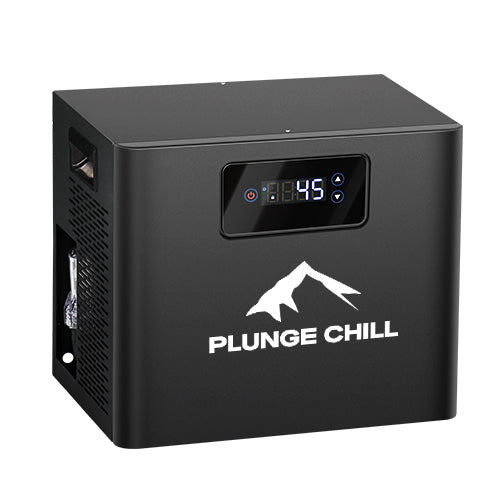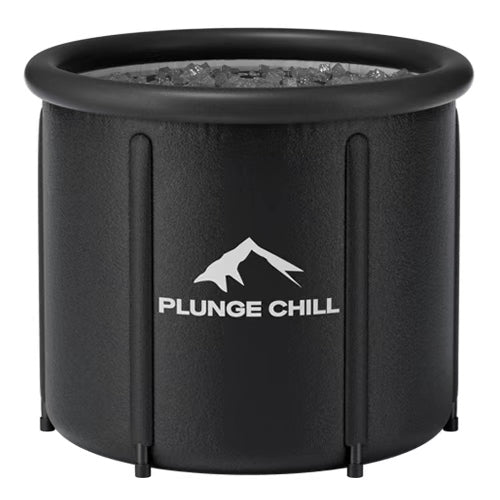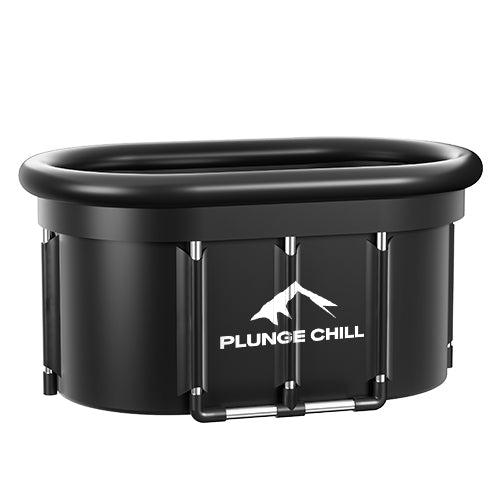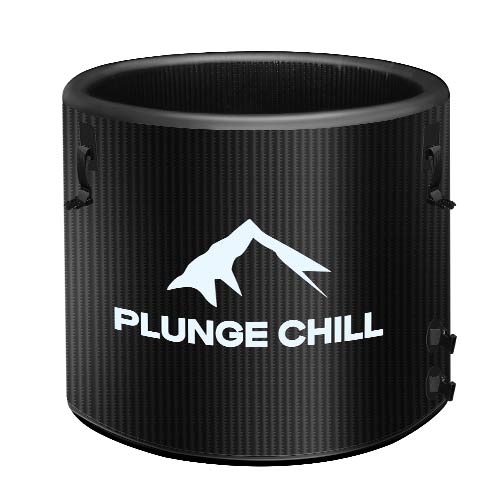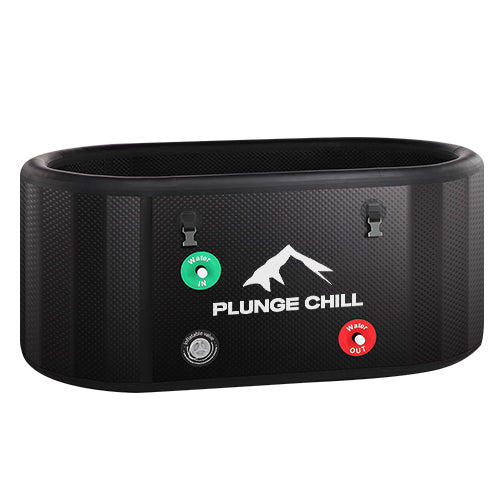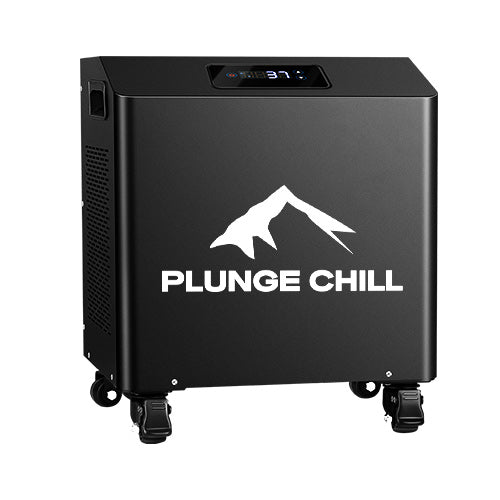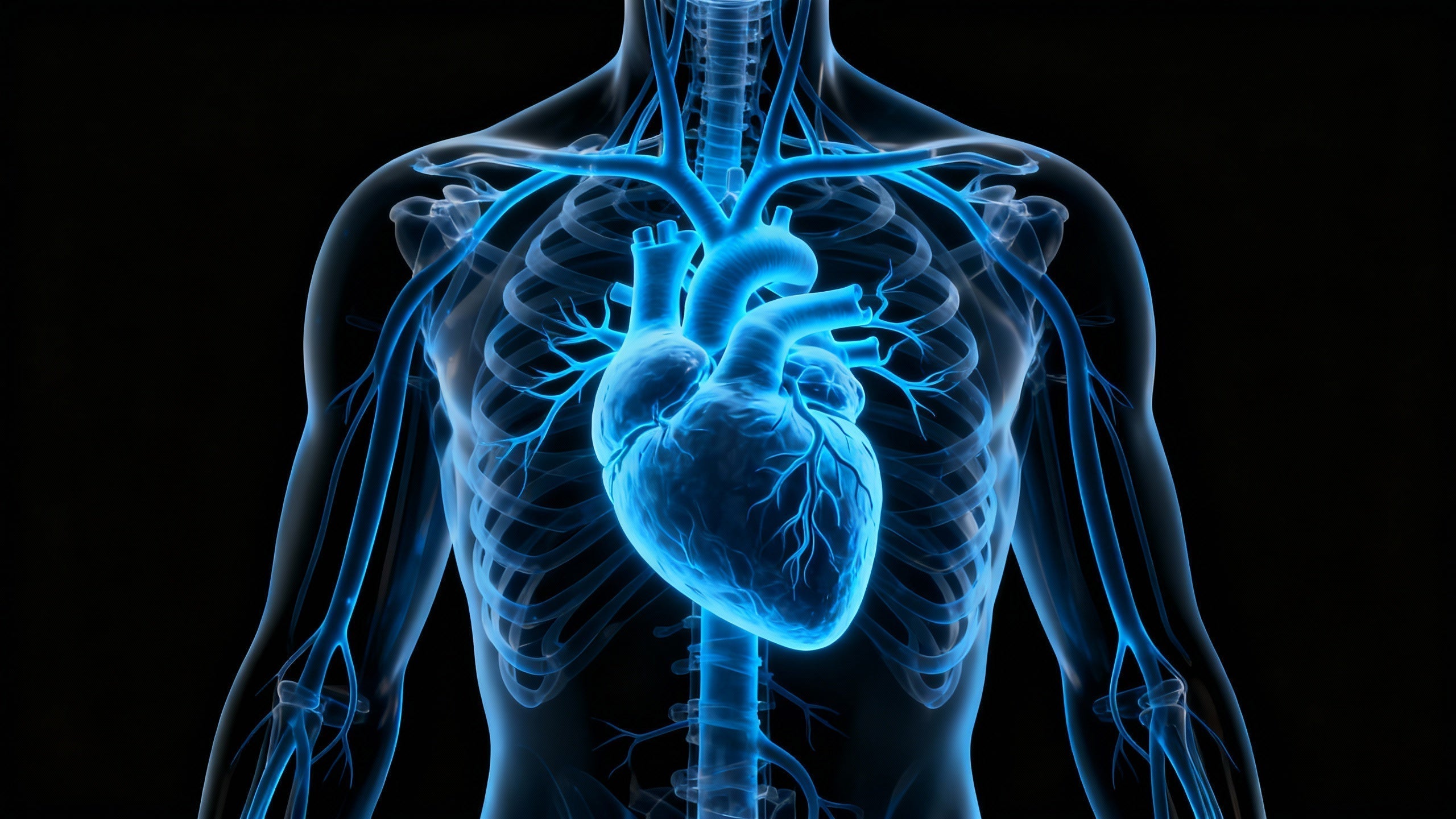As a sports rehabilitation specialist, strength coach, and cold plunge product reviewer, I spend a lot of time balancing performance recovery with cardiometabolic safety. Cold water baths and ice plunges are surging in popularity among athletes and the general public, often marketed as heart‑healthy hacks. The reality is more nuanced. Acute physiological effects are clear; long‑term cardiovascular prevention benefits are not. This article synthesizes current evidence and my clinical and field experience to help you use cold exposure safely and purposefully, with a specific focus on heart disease risk and prevention.
What Counts as a Cold Water Bath?
Cold water exposure includes several modalities that differ in temperature, depth, duration, and the degree to which they cool the core rather than just the skin. Showers at roughly 50–60°F typically cool the periphery more than the core. Full‑body plunges near 35–50°F drive stronger core cooling. Whole‑body cryotherapy uses very cold air for very short exposures and alters core temperature less than water at the same subjective “coldness.”
|
Modality |
Typical temperature |
Exposure pattern |
Core cooling vs periphery |
Notable risks |
Evidence focus |
|
Cold shower |
about 50–60°F |
brief finishes or intervals |
mostly peripheral |
hyperventilation, BP spike |
convenience; mixed on health outcomes (Case Western Reserve University, Harvard Health) |
|
Cold plunge/ice bath |
about 35–50°F |
1–10 minutes depending on tolerance |
more core cooling |
cold shock, arrhythmias, hypothermia |
recovery research; cardiovascular safety is contextual (UW Medicine, AHA, British Heart Foundation) |
|
Whole‑body cryotherapy |
down to about −200°F air |
2–3 minutes |
less core cooling than water |
BP spikes, fainting risk |
surrogate markers (HRV); heart outcome links unclear (Harvard Health) |
Cardiovascular Physiology 101 in the Cold
Cold exposure triggers a rapid autonomic cascade. The cold shock response produces a fast rise in breathing, heart rate, and blood pressure alongside peripheral vasoconstriction and shivering. Face cooling and breath‑holding can layer on the diving response, which lowers heart rate but often raises blood pressure. When these opposing branches co‑activate, the heart experiences competing signals.
Laboratory work and field observations show that this “autonomic conflict” increases arrhythmia risk, particularly during breath‑hold submersions and within seconds of releasing the breath. Controlled reports in healthy participants have documented supraventricular and junctional rhythms and short runs of ventricular tachycardia during cold submersion with breath‑hold, with many events occurring within about ten seconds of breath release; seasonal data in hardy divers show higher arrhythmia incidence in winter compared with summer. This does not mean every plunge is dangerous, but it does explain why cardiologists and safety organizations emphasize the first moments after immersion as the highest‑risk window (PubMed Central review by Tipton and colleagues; American Heart Association; UW Medicine).
In parallel, vascular responses change shear stress on vessel walls. A University of Oregon study published in the Journal of Thermal Biology found slight post‑immersion alterations in shear stress along with short‑term reductions in heart rate, blood pressure, and cortisol in healthy students. These acute changes may feel good and may be biologically meaningful in the short term; they are not the same as long‑term prevention outcomes.

Can Cold Water Baths Prevent Heart Disease?
Mechanistic optimism exists, but direct prevention evidence is limited. Baylor College of Medicine experts and Harvard Health both note that current research is insufficient to claim cold immersion prevents cardiovascular disease. Some cross‑sectional observations in regular winter swimmers suggest favorable risk markers, while an Oregon study showed acute reductions in heart rate and blood pressure after a single 15‑minute immersion and slight shifts in vascular shear stress. At the same time, an editorial synthesis on cold water exposure for healthy nonathletes summarized mixed and often small studies, reporting long‑term blood pressure largely unchanged across studies, inconsistent heart rate and inflammatory effects, and substantial heterogeneity in protocols (Wiley Online Library editorial).
This is a classic prevention paradox. Acute physiology and subjective well‑being can improve, yet long‑term, disease‑modifying endpoints such as atherosclerotic progression, myocardial infarction, or mortality have not been demonstrated. Where apparent conflicts arise—for example, British Heart Foundation noting improved blood pressure and lipid profiles in generally healthy regular cold‑water swimmers versus the editorial finding of unchanged long‑term blood pressure—the likely causes include differences in definitions of exposure, participant selection, temperature and dose, measurement timing, and whether swimmers were otherwise more active and health‑conscious than controls.
A brief word on immunity and metabolism illustrates a similar pattern. A Netherlands cold‑shower program reported fewer sick days without measurable immune markers, and lab data show that shivering acutely increases glucose uptake and energy expenditure. These signals are interesting but are not direct evidence of reduced cardiovascular events (Mayo Clinic Health System report; Case Western Reserve University overview).

Who Should Modify or Avoid Cold Immersion?
Risk is not uniform. People with established cardiovascular disease, arrhythmias such as atrial fibrillation, prior stroke, significant hypertension, or peripheral artery disease face heightened risk from cold shock, blood pressure surges, and rhythm instability. Beta‑blockers may blunt compensatory responses and complicate early adaptation. In heart failure, even moderate water temperatures around 71.6°F increased premature ventricular contractions despite similar overall cardiac output versus warmer water; in coronary disease, cold exposure during exercise advanced ischemia onset and raised the rate‑pressure product, increasing myocardial oxygen demand (PubMed Central review on cardiovascular disease and cold; Harvard Health; Case Western Reserve University; American Heart Association; UW Medicine).
People with Raynaud’s phenomenon, poor circulation, or hypothyroidism also encounter higher risk. The British Heart Foundation suggests that for heart conditions, pool temperatures in the 78.8–91.4°F range are safer than open cold water. The American Lung Association cautions that those with chronic lung disease can hyperventilate during cold shock and should avoid unsupervised immersion. Older adults experience thermoregulatory deficits, and thin or very lean individuals cool faster; both groups require extra caution (British Heart Foundation; American Lung Association; PubMed Central thermoregulation review).

Practical, Heart‑Smart Guidelines
In clinic and on the training floor, I teach an exposure plan that respects both physiology and context. Screening comes first. Anyone with cardiovascular disease, concerning symptoms, or multiple risk factors should speak with their clinician; cardiovascular medications, especially beta‑blockers and QT‑prolonging drugs, deserve a specific review. Novices should begin with controlled, brief, peripheral‑dominant exposure. Cold showers at about 50–60°F for thirty to sixty seconds at the end of a warm shower are a manageable starting point. The first ten to sixty seconds after cold onset are the highest risk for hyperventilation and breath control problems; deliberate nasal breathing and a calm, stepwise entry minimize that spike (American Heart Association; UW Medicine; Case Western Reserve University).
Plunge sessions should be short and progressive. Healthy, screened users can work toward one to three minutes initially and only extend if they demonstrate stable breathing and blood pressure responses. Head‑out immersions reduce airway risk; avoiding breath‑holds and minimizing facial cooling decreases the diving reflex contribution when safety is the priority. Open water adds hazards beyond physiology, including currents, poor egress, and thermal underestimation; pool or tub control is preferable for novices. Nobody should plunge alone. Rewarming is gentle and active: remove wet clothing, dry off, dress warmly, and walk around rather than hitting a scalding shower immediately.
For those with heart conditions cleared to swim, choose warmer water, enter and exit gradually, and stop immediately with chest discomfort, dizziness, or palpitations. The British Heart Foundation temperature guidance and the clinical observations cited by Harvard Health and UW Medicine align with this conservative approach.

Integrating Cold with Training for Performance and Health
Cold exposure is best treated as a tool, not a cure‑all. For athletes, acute cold can reduce muscle soreness and restore next‑day performance after taxing sessions. However, routine cold immediately after heavy resistance training can blunt the molecular signaling that drives hypertrophy and strength gains. I advise lifters to avoid cold within several hours of key strength sessions and instead schedule short cold exposures on rest days or after technical or endurance work, where performance trade‑offs appear smaller. Endurance adaptations seem less affected by post‑workout cold, yet timing still matters because cold raises blood pressure and shifts load on the heart transiently (Mayo Clinic Health System; Case Western Reserve University).
For cardiac rehabilitation and general health, cold can complement—not replace—proven pillars. Aerobic exercise, resistance training, diet quality, not smoking, blood pressure and glucose control, and sleep remain the backbone of prevention. One Cleveland Clinic message is blunt: the majority of heart disease is preventable through these fundamentals. Cold is an optional garnish if it does not introduce risk or crowd out higher‑yield efforts (Cleveland Clinic).
Product Buying Guide: Choosing a Cold Plunge Safely
Reviewing cold‑plunge products means looking beyond aesthetics to engineering that supports safety, sanitation, and usability. Temperature stability and control matter first. A unit that reliably holds a set point across seasons avoids unplanned extremes. Larger volumes are more thermally stable but require more energy; efficient chillers with adequate capacity for your climate reduce cycling and noise. Filtration and sanitation are not optional. A closed system should include a fine mechanical filter plus an active sanitation method such as ozone or UV; in my testing, water that looks clear is not necessarily clean, so consider how you will maintain residual sanitation through approved agents compatible with the system. Good hardware is paired with easy maintenance. Tool‑free filter access, drain placement you can reach, and a cover that prevents debris and heat loss all make regular care more realistic.
Safety features deserve priority in home setups. Ground‑fault protection, non‑slip surfaces, stable steps or seating, and a cover that can be secured when children are present reduce avoidable risks. Noise and footprint matter in apartments; quieter pumps and well‑insulated shells help. Finally, verify serviceability and support. Readily available replacement filters, clear water‑care instructions, and responsive support are part of total cost of ownership. In short, I test for accurate temperature control, cleanable plumbing with biofilm‑resistant design, energy use, and ergonomics that let you exit steadily when cold stress feels strongest.
Care and Sanitation Essentials
Water is a living medium. Showering before immersion reduces organic load. Filters should be rinsed or replaced on a schedule set by use volume rather than the calendar alone. Systems with ozone or UV still require periodic shock and surface cleaning to keep biofilm at bay. If you are sensitive to oxidizers, plan a low‑residue protocol validated by your provider. Head‑out immersion reduces aspiration risk for those with airway disease. Avoid stacking extreme sauna heat immediately followed by deep cold unless your clinician clears it; the American Lung Association notes that combining therapies increases short‑term vascular and respiratory strain in vulnerable groups. If you train in a team environment, treat the plunge like a shared training asset: sanitize, cover, label, and monitor.

Evidence Snapshot
It helps to separate what we know from what is promising or uncertain.
|
Outcome |
Current evidence |
Notes and conflicts |
|
Acute HR, BP, cortisol changes |
Short‑term reductions in HR and BP and lower cortisol a few hours after controlled immersions in healthy participants; strong early spikes in HR and BP during cold shock |
Oregon group, UW Medicine, AHA agree on early spike; reductions later are acute and context‑specific |
|
Long‑term blood pressure |
Mixed; editorial review found no consistent long‑term change; observational swimmers sometimes report improvements |
Likely due to sample, dose, co‑activity, measurement timing (Wiley editorial; British Heart Foundation) |
|
Lipids and glucose |
Signals of improved insulin sensitivity and adipose remodeling are preliminary; lipid changes inconsistent |
Baylor College of Medicine cautions limited data; editorial shows mixed triglyceride and HDL responses |
|
Inflammation |
Acute injury inflammation reduction is plausible; chronic disease inflammation benefits unproven |
Case Western Reserve University overview; mixed cytokine findings in editorial synthesis |
|
Arrhythmias |
Elevated risk during breath‑hold submersion and early cold shock; increased PVCs in heart failure even at moderate water temperatures |
PubMed Central autonomic conflict review; cardiovascular disease and cold review |
|
Mental health |
Short‑term mood elevation is common; sustained benefit uncertain |
Baylor and Case Western Reserve University flag preliminary nature |
|
Recovery and performance |
Soreness relief is consistent; hypertrophy signaling may be blunted if used immediately after lifting |
Mayo Clinic Health System; Case Western Reserve University |
Three Nuances Often Missed in Guides
Within the shower‑versus‑plunge debate, core cooling is the hinge. Showers primarily cool the periphery; plunges and cryostimulation drive deeper core temperature changes. This helps explain why some shower studies show mood or sick‑day changes without cardiovascular outcome shifts, while plunge studies report stronger physiologic responses. The difference is modality and dose rather than a contradiction per se (Case Western Reserve University; Harvard Health).
For people with heart failure, risk is not limited to near‑freezing water. Increased premature ventricular contractions have been observed even around 71.6°F. That means “cool but not cold” water can still stress a vulnerable heart, which is why cardiology clearance is not optional in this group (PubMed Central cardiovascular disease and cold review).
A third nuance concerns the first minute. Across safety advisories and physiological reports, the initial 10–60 seconds after immersion consistently emerge as the danger zone for gasp, hyperventilation, rhythm instability, and panic. Training yourself to control the breath before chasing longer durations is a health intervention in its own right (American Heart Association; UW Medicine).

My Practice Playbook: How I Implement Cold Exposure
In the clinic, I test the simple things first. Clients new to cold begin with brief cold shower finishes, using the breath as the metric of readiness rather than the clock. When a plunge is warranted and cleared, I insist on a seated or supported entry, head‑out immersion, eyes open, and no breath‑holds. For strength athletes, cold moves to low‑priority days to protect hypertrophy signaling. For endurance athletes tapering into competition, a short plunge might be used for soreness control if blood pressure is well‑controlled and there is no arrhythmic history. For cardiac rehab or higher‑risk clients, the default is to prioritize exercise, diet, medications, and sleep and reserve cold for warmer pools under clinical guidance, if at all.
I also test the gear. I verify temperature accuracy with a calibrated probe, observe temperature stability across use cycles, and check that filtration and sanitation keep microbial growth in check. If a unit cannot keep water clean with routine maintenance, it does not belong in a high‑traffic performance setting.
Two Emerging Ideas Worth Watching
I am intrigued by the different nervous system effects of facial‑only cold versus full‑body immersion. Brief facial immersion in cool water can activate the parasympathetic system via the trigeminal and vagus pathways and is used clinically for short‑term emotion regulation. It may prove a safer preliminary exposure for anxious or higher‑risk individuals before any consideration of full‑body immersion. One verification step would be to compare blood pressure and rhythm stability during seated facial immersion versus head‑out body immersion in a supervised clinical setting over repeated sessions, using beat‑to‑beat measures.
Another idea is timing. Sudden waking and early morning hours coincide with an autonomic shift and a known uptick in sudden cardiac events. It is plausible that early‑morning plunges increase risk relative to later in the day when sympathetic tone is already elevated and predictable. A practical verification would track adverse symptom reports and wearable blood pressure surrogates by time‑of‑day across a large plunge cohort while controlling for temperature and duration (PubMed Central autonomic conflict review).
Takeaway
Cold water baths can be safe and useful when you respect the physiology and your personal risk profile. They deliver potent acute effects, including reductions in post‑exercise soreness and subjective well‑being changes; they also produce immediate spikes in heart rate and blood pressure and can destabilize heart rhythm in susceptible people. The strongest cardiovascular prevention tools remain regular exercise, diet, not smoking, sleep, and risk‑factor control. If you choose to use cold, start conservatively, never go alone, avoid breath‑holds, and give strength gains priority in your training schedule. Buy equipment that makes sanitation and safety easy, not optional. And if you have any cardiac history, make your cardiologist part of the plan.
FAQ
Q: Does a cold plunge lower blood pressure in a way that prevents heart disease?
A: Cold raises blood pressure in the first seconds and minutes, then some people see a short‑term reduction after controlled exposures. Large reviews do not show consistent long‑term blood pressure lowering across studies. Prevention still relies on exercise, diet, and risk‑factor management more than cold exposure (Wiley editorial; Harvard Health; Cleveland Clinic).
Q: Are cold showers safer than ice baths for the heart?
A: Showers tend to cool the periphery more than the core and are easier to control, which reduces some risk. Plunges drive deeper cooling and stronger autonomic responses, including the cold shock and diving responses, which can destabilize rhythm in susceptible people. Safety depends on health status, temperature, duration, and supervision (Case Western Reserve University; American Heart Association; UW Medicine).
Q: If I lift weights, when should I avoid cold?
A: Avoid cold immediately after heavy resistance training because it can blunt anabolic signaling over time. Use cold on rest days or after endurance or skill sessions if you value soreness relief more than potential strength gains that day (Mayo Clinic Health System; Case Western Reserve University).
Q: Is alternating sauna and cold plunge a good cardiovascular workout?
A: It taxes the vascular system, but that does not automatically translate to prevention benefits. It may elevate short‑term risk in children, older adults, and those with heart or lung disease. If you pursue contrast therapy, do so only after clinical clearance, in controlled environments, and with conservative doses (American Lung Association; Harvard Health).
Q: What product features should I prioritize for a home cold plunge?
A: Accurate and stable temperature control, effective filtration and sanitation, easy maintenance access, ground‑fault protection, non‑slip surfaces, and a secure cover are foundational. If these are weak, the unit will be harder to keep safe and clean, especially with frequent use. Energy efficiency, noise, and service support affect long‑term satisfaction.
Q: How can I reduce the risk of arrhythmias during cold exposure?
A: Obtain medical clearance if you have any cardiac history. Avoid breath‑holding and rapid head‑first submersion. Enter gradually, keep the head out at first, and stabilize breathing through the first minute. Stop immediately with chest discomfort, dizziness, or palpitations. This approach aligns with guidance from cardiology and safety organizations (American Heart Association; UW Medicine; Harvard Health).
References Mentioned by Name
Baylor College of Medicine; Case Western Reserve University; University of Oregon and the Journal of Thermal Biology; American Heart Association; UW Medicine; British Heart Foundation; Harvard Health; Mayo Clinic Health System; Cleveland Clinic; PubMed Central reviews on autonomic conflict and on cardiovascular disease with cold exposure; American Lung Association; Stanford Lifestyle Medicine; South Dakota Department of Health.
References
- https://knightcampus.uoregon.edu/plumbing-benefits-plunging
- https://case.edu/news/science-behind-ice-baths-and-polar-plunges-are-they-truly-beneficial
- https://clinicaltrials.gov/study/NCT06667193
- https://www.health.harvard.edu/heart-health/cold-plunges-healthy-or-harmful-for-your-heart
- https://lifestylemedicine.stanford.edu/jumping-into-the-ice-bath-trend-mental-health-benefits-of-cold-water-immersion/
- https://newsroom.uw.edu/blog/ready-to-take-the-plunge
- https://healthysd.gov/category/health-wellness/cold-plunging
- https://pmc.ncbi.nlm.nih.gov/articles/PMC3459038/
- https://scholar.valpo.edu/sires/187/
- https://healthcare.utah.edu/healthfeed/2023/03/cold-plunging-and-impact-your-health
Disclaimer
The information provided in this article is for informational and educational purposes only and is not intended as medical advice or as a substitute for professional medical advice, diagnosis, or treatment. The author is a sports rehabilitation specialist and strength coach, not a medical doctor. The views and opinions expressed in this article are those of the author and based on their professional experience and interpretation of the cited research.
The content of this article discusses physiological processes related to metabolism, brown adipose tissue, glucose regulation, and training adaptations. Always seek the advice of your physician or other qualified health provider with any questions you may have regarding a medical condition (such as diabetes, cardiovascular disease, or metabolic disorders) or before starting any new health or wellness practice, including cold water immersion. Do not disregard professional medical advice or delay in seeking it because of something you have read in this article. Reliance on any information provided in this article is solely at your own risk.
